STUDY: TIRF Releases 2016 U.S. Alcohol-Impaired Driving Results
The Traffic Injury Research Foundation (TIRF USA) recently published an eye-opening study called the 2016 USA Road Safety Monitor (RSM) with a focus on American drivers aged 21 or older.
RSM’s focus was on the alcohol-impaired driving issue in the U.S., and shows data on participants’ knowledge and use of alternative decisions to alcohol-impaired driving.
The three decisions in the study are:
- Safe ride home programs (taxi services, Uber/Lyft)
- Public transportation
- Designated drivers
TIRF USA released the same study with 2015’s numbers last year. This year’s RSM compares those older numbers, and the ones they gathered in 2016 for a comparison.
RSM begins the study by saying tremendous progress has been made to reduce alcohol-impaired driving in the last decade. However, their 2015 study showed the fatality data increased 3.2 percent compared to 2014. MADD’s recent study also corroborates this unfortunate rise in number.
A solution in the RSM is to encourage more people to use alternative actions to alcohol-impaired driving, such as the safe ride home programs, public transportation and designated drivers.
Safe Ride Home Program Findings
Although there’s no definitive answer for ride-sharing services such as Lyft, RSM says there’s still a noticeable change with alcohol-impaired driving.
Some studies conclude that safe rides are an effective method of decreasing impaired driving arrests, crashes and deaths. The safe ride home services derive from the definition of ‘designated driver,’ which is a person who is sober and refrains from alcohol to get passengers home safely. In recent years, RSM states, theses safe ride home programs are solid alternatives versus using a designated driver.
When the study asked participants their familiarity with safe ride home programs in 2016, nearly 47 percent said yes. 2015 was at 44 percent.
Although there was an increase in familiarity in 2016, there was a higher percentage of people who were not familiar with the programs. In 2016, nearly 56 percent stated they were not familiar with the programs, with 2015 at 53 percent.
One of the more staggering results is when nearly all respondents in both years (91 percent in 2015 and 87 percent in 2016) answered that they were not familiar with safe ride home programs, and had never, or almost never, used them.
Age Difference
It also appears that the younger you are, the more inclined you’d be to use safe ride home programs. People ages 21 to 39 were more likely to use them, while people ages 40 to 59 and older, weren’t.
Drinking Frequency
In addition, individuals who have had a drink in the past 12 months were approximately eight times more likely to report using ride share services compared to those who have not had a drink.
Public Transportation Findings
Most U.S. drivers in the RSM reported not using public transportation when it is available as an alternative to alcohol-impaired driving.
The percentages were at 82 and 79 percent for 2015 and 2016. As far as age and drinking frequency, the numbers were similar to the ride share program’s.
Designated Driver Findings
The designated driver alternative option had a resounding agreement among the participants. Virtually all agreed that having a designated driver was important, with percentages at approximately 98 percent for both the years 2015 and 2016.
However, it appears a smaller portion actually use a designated driver. 70 and 71 percent reveal they have been a designated driver themselves in 2015 and 2016. And 63 and 64 percent use one in 2015 and 2016.
RSM’s Conclusions
With only two years to build this type of data, the RSM says it is premature to draw conclusions about these alternative trends.
The familiarity, and availability of, these safer options is high, yet the actual use of them is low. Nonetheless, the TIRF USA RSM sees potential in increasing the growth of these numbers as alternative solutions to alcohol-impaired driving. All three solutions are promising, and can only increase in usage throughout the years. With studies like the RSM, we can learn and better understand these trends over time to keep our roadways safe.
Another Safety Tool for Drunk Drivers
For people who are convicted or arrested of a DUI from drunk driving, Ignition Interlocks will sometimes be a requirement. The devices are a safety tool installed in someone’s car to prevent the user from driving drunk. The need for an Ignition Interlock arrives in someone’s life because of their dangerous decision. However, the device can physically prevent them from re-offending again and lead to a safer lifestyle.
Need an Ignition Interlock?
Smart Start can provide you the most reliable device and affordable costs. Call our Customer Care Center at (800) 831-3299 or fill out our online form.
Schedule an Installation
Get a quick and easy IID installation with Smart Start! Get started today!
¡Obtenga una instalación rápida y fácil de IID con Smart Start! ¡Empieza hoy mismo!
"* (required)" indicates required fields
Disclaimer
Meet the expert
Blair
 ©2025 Smart Start LLC. All rights reserved.
©2025 Smart Start LLC. All rights reserved.






